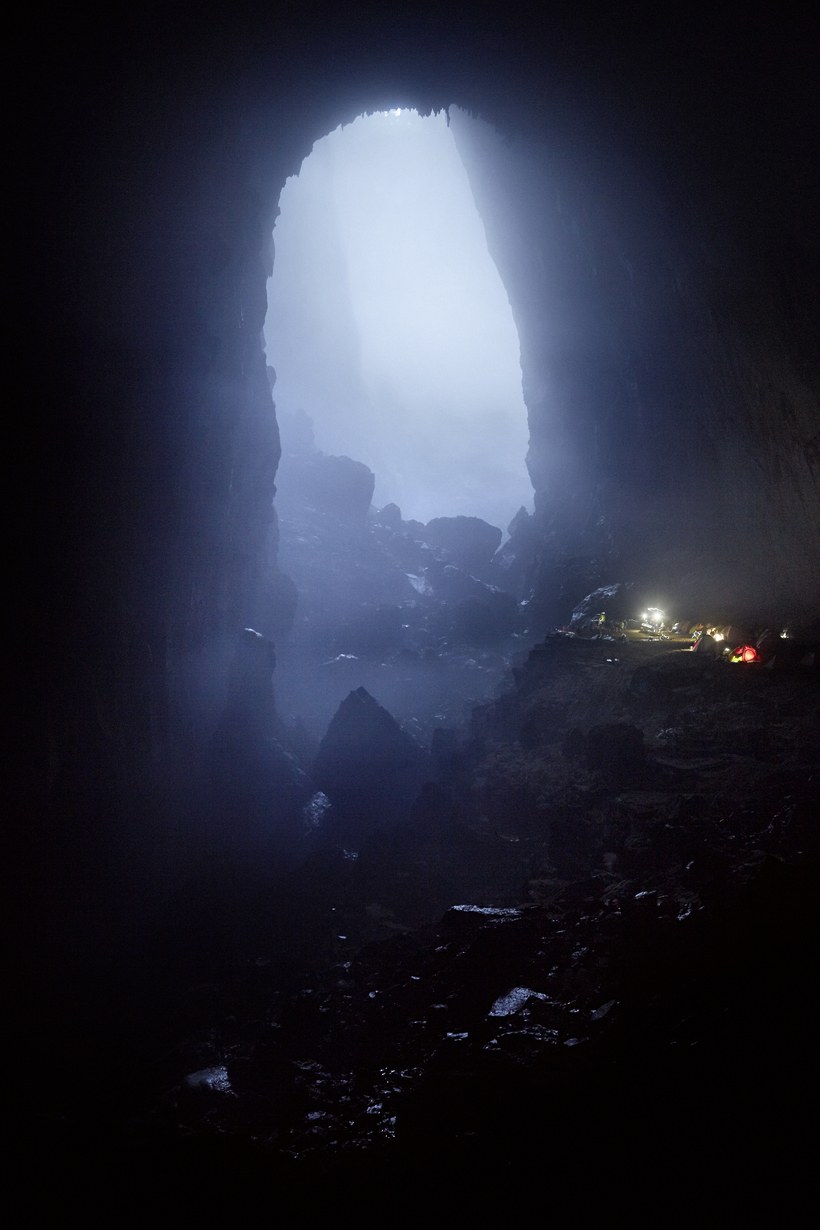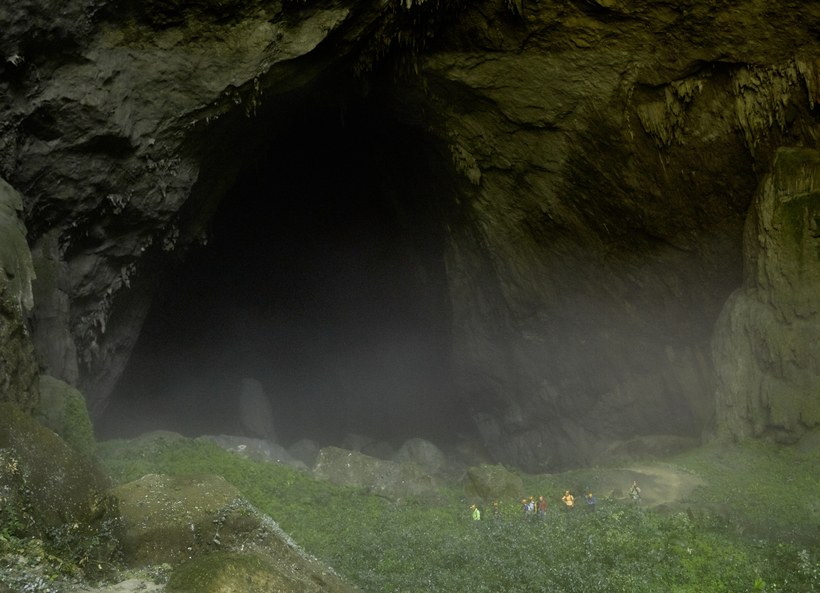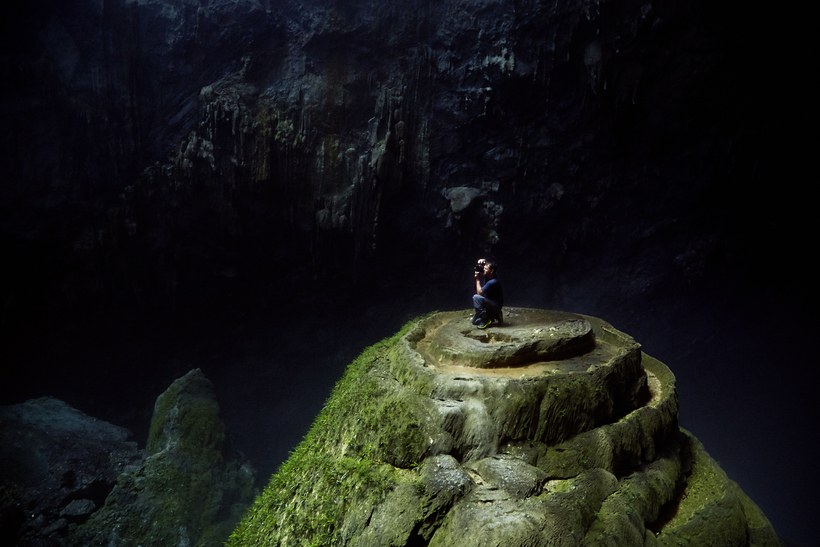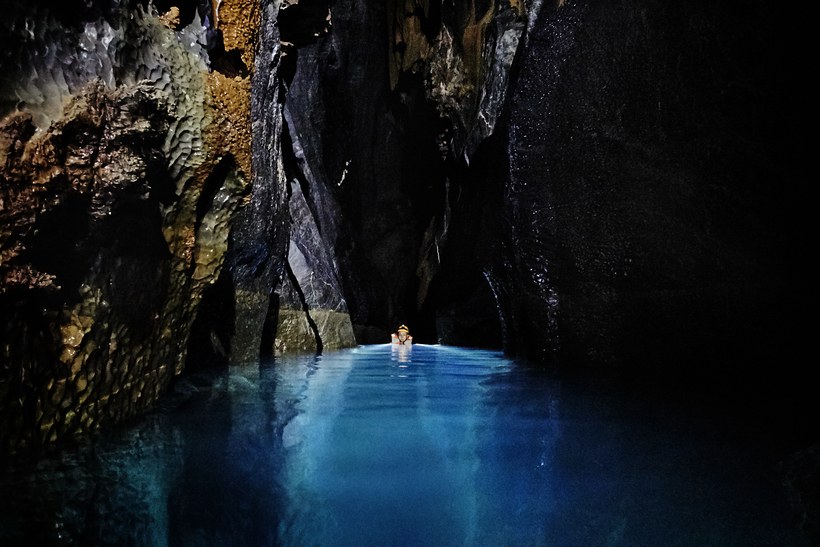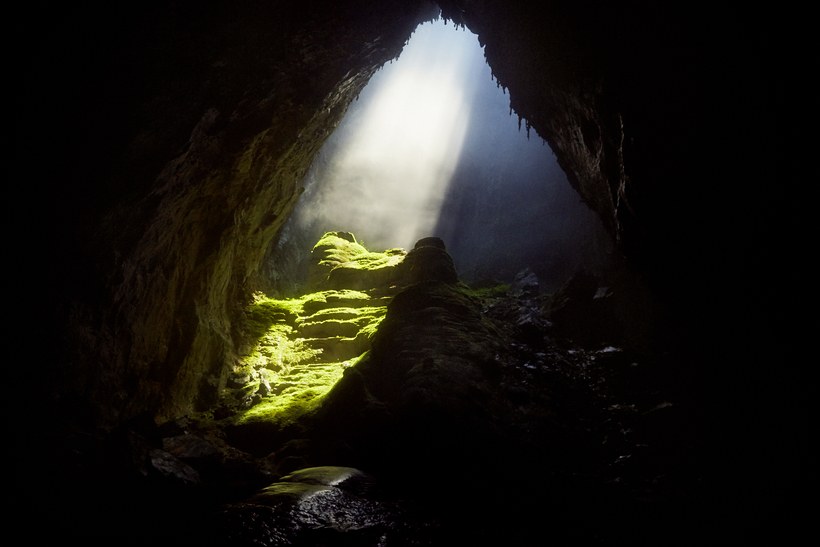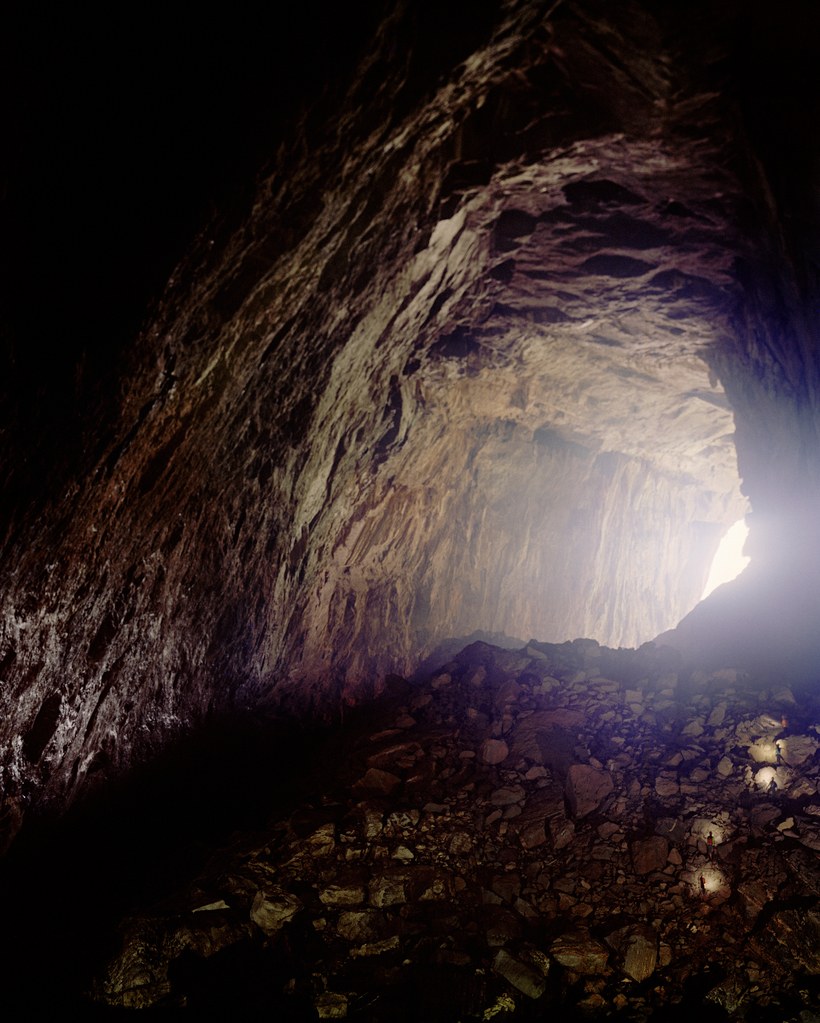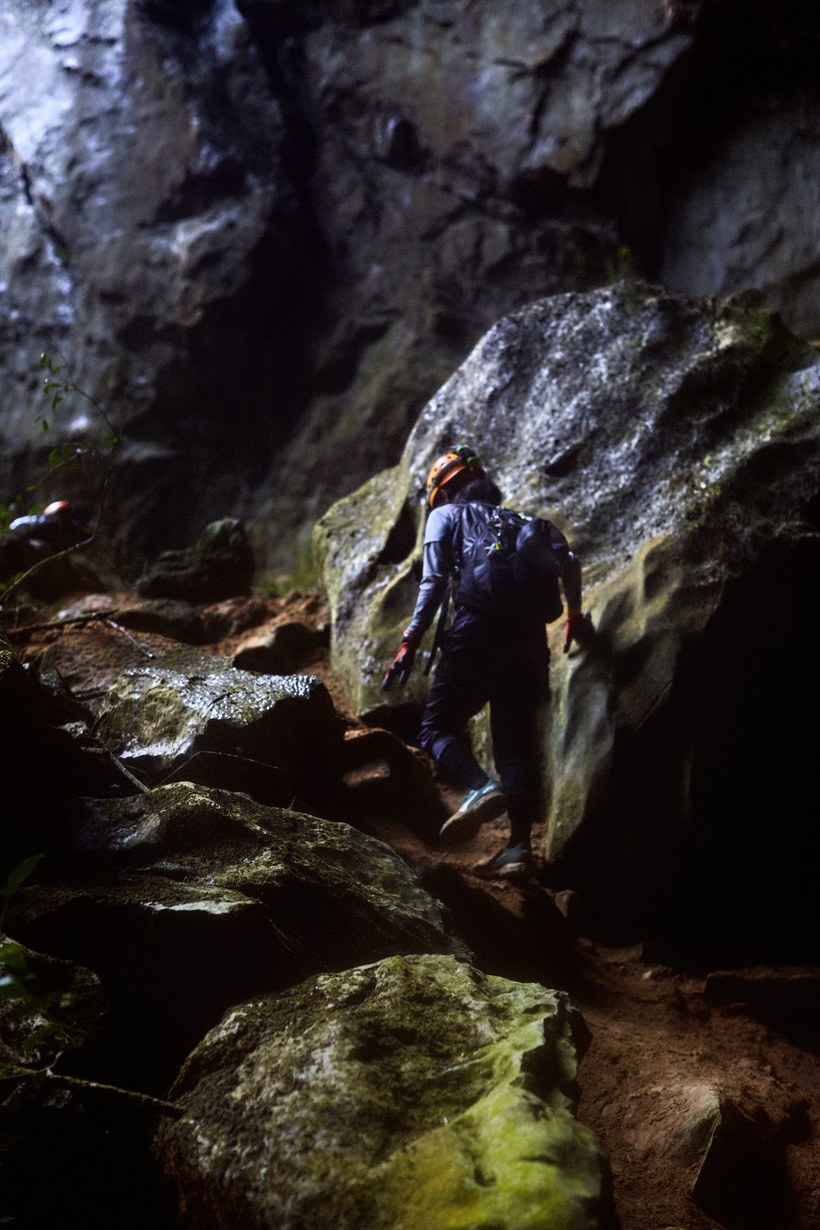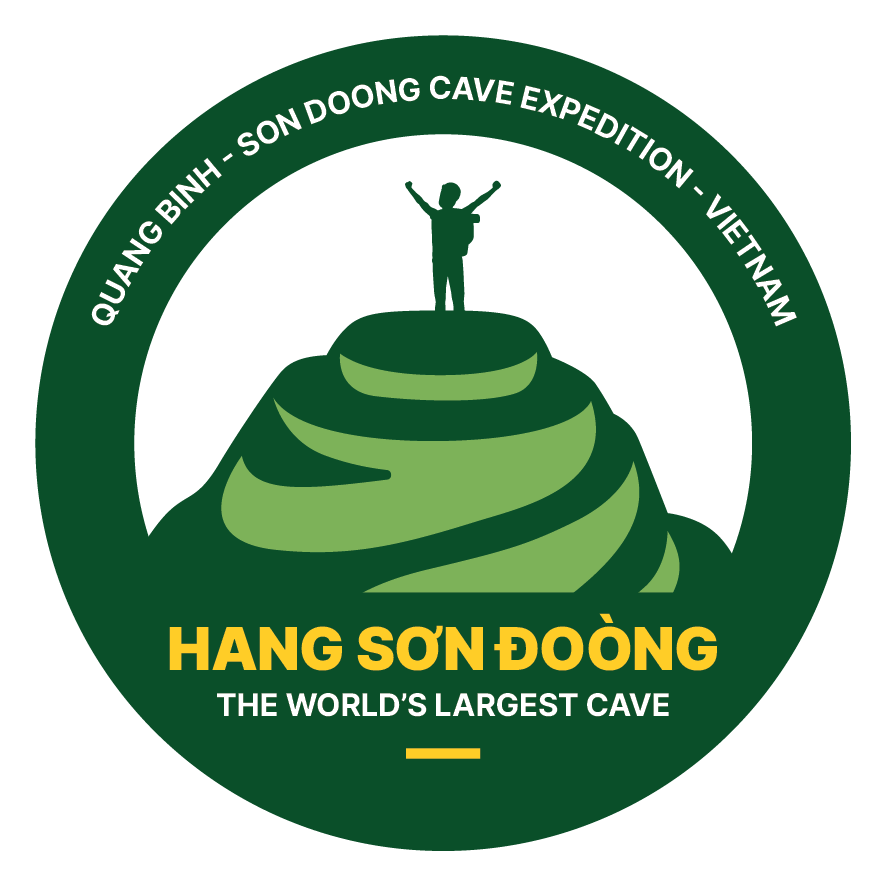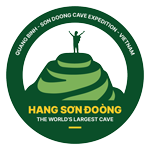It was 1991. A Vietnamese logger named Ho Khanh was hiking through the jungle near his home in Phong Nha, in central Vietnam.
It was 1991. A Vietnamese logger named Ho Khanh was hiking through the jungle near his home in Phong Nha, in central Vietnam. Drawn by the sound of rushing water, he came to an opening in a cliff. A strong wind blew clouds out of the cave—an intimidating site, and enough to keep Ho Khanh from searching deeper—so he turned around and went about his business. That was the unceremonious discovery of Sơn Đoòng, the largest cave in the world. “It’s five miles long, 650 feet high, and 500 feet wide,” writes Ken Jennings for Traveler. “It could hold an entire city block of Manhattan, including 40-story skyscrapers.”
And somehow, it managed to remain a secret for centuries. But by 2005, the surrounding area had become something of a destination for spelunkers, and Ho Khanh realized he might have been on to something. It took three years of searching, of tracing his steps, before he was able to find the opening again, but when he did in 2009 with a British caving expedition, they became the first people to tackle Sơn Đoòng. Only a thousand or so people have done it since—including us. This is our five-day trek into the center of the earth.
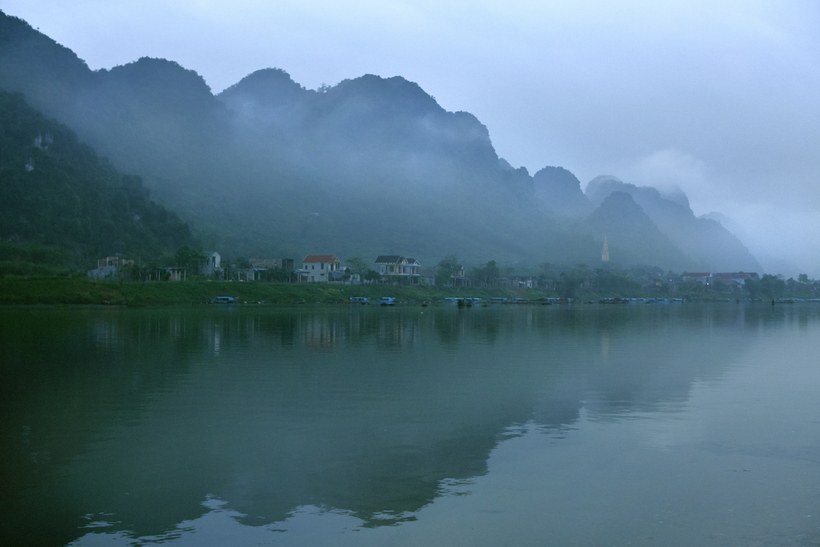
We got off a small plane in Đồng Hới, the nearest city in central Vietnam, and made our way to the town of Phong Nha, pictured here. A few years earlier the Vietnamese government had given permission to one tour company, Oxalis Tours, to lead people through the cave. And they did, ten guests at a time, along with a team of 30 porters, a dozen cave guides, and two U.K. caving experts to shepherd the group.

Phong Nha Mountain House is a beautiful place to rest up before heading on the five-day trek. From here, we moved on to Oxalis Base Camp for orientation and a safety briefing before joining the ranks to pass though one of the greatest natural wonders of the world.
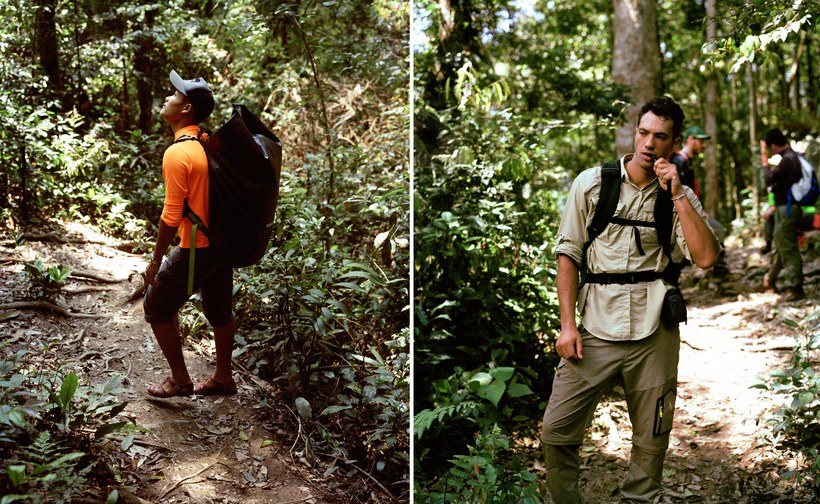
We drove an hour to our starting point and entered the jungle. Our path snaked through the uneven terrain, often at odds with an equally snaking river. Our porters and guides carried up to 75 pounds on their backs with as much effort as a stroll through the park. And they did it in sandals! In the months leading up to the trip, Oxalis recommended we pack sturdy hiking boots that were not waterproof. It seemed counterintuitive at the time but we now understood: There was no proofing against the water. River crossings came often and were about a foot deep, and occasionally waist high. Waterproof boots would have just become waterlogged—quick dry was the way to go (though never quick enough, it seemed). Hydration was also a serious matter, since the temperatures were in the 80s (with 100 percent humidity). We carried water pouches to compensate.

About two hours in, we stopped by the village of Ban Doong for lunch, en route to the first night’s stay in Hang En cave. It felt like we were passing through another time, long since forgotten by the modern world.
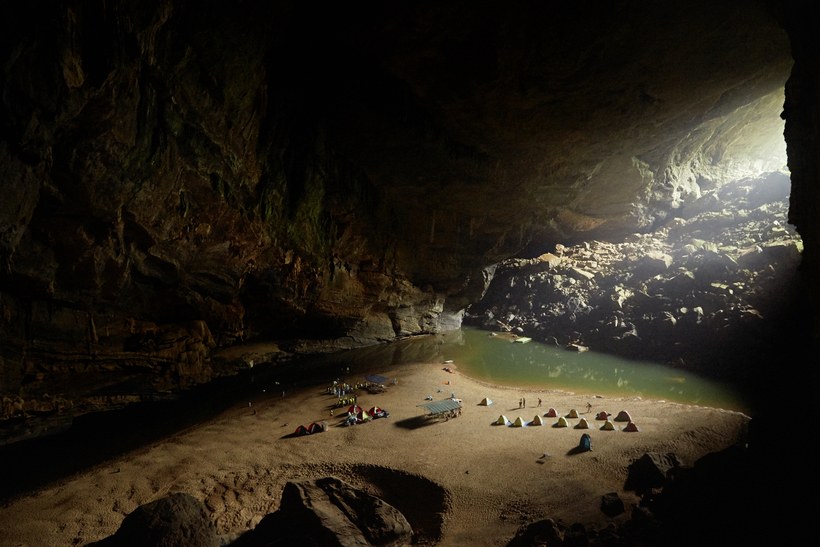
Four hours and five miles later, we came to the entrance of Hang En, the first “smaller” cave we had to pass through before getting to Sơn Đoòng. And so, with our headlamps on, we left daylight behind. Over a pile of rubble, way down below, was a row of tents along a beach, all impossibly inside the cave. A hike down and a boat ride across the emerald water and we were finally at our first camp site. Everything was prepared and waiting for us. We each had our own tent. There were racks to hang our wet clothes overnight in a futile attempt to dry them in the humid cave air. We changed into bathing suits and swam in the cool, welcoming water.
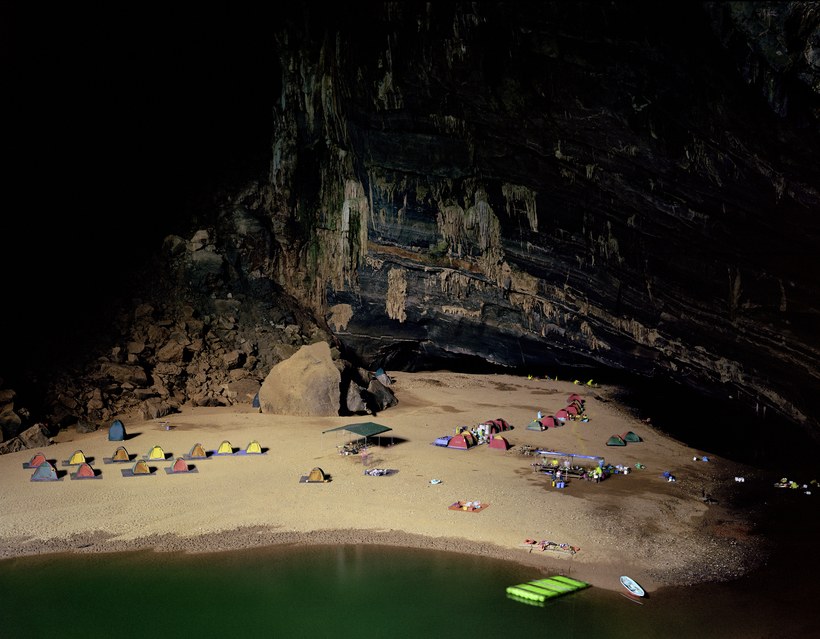
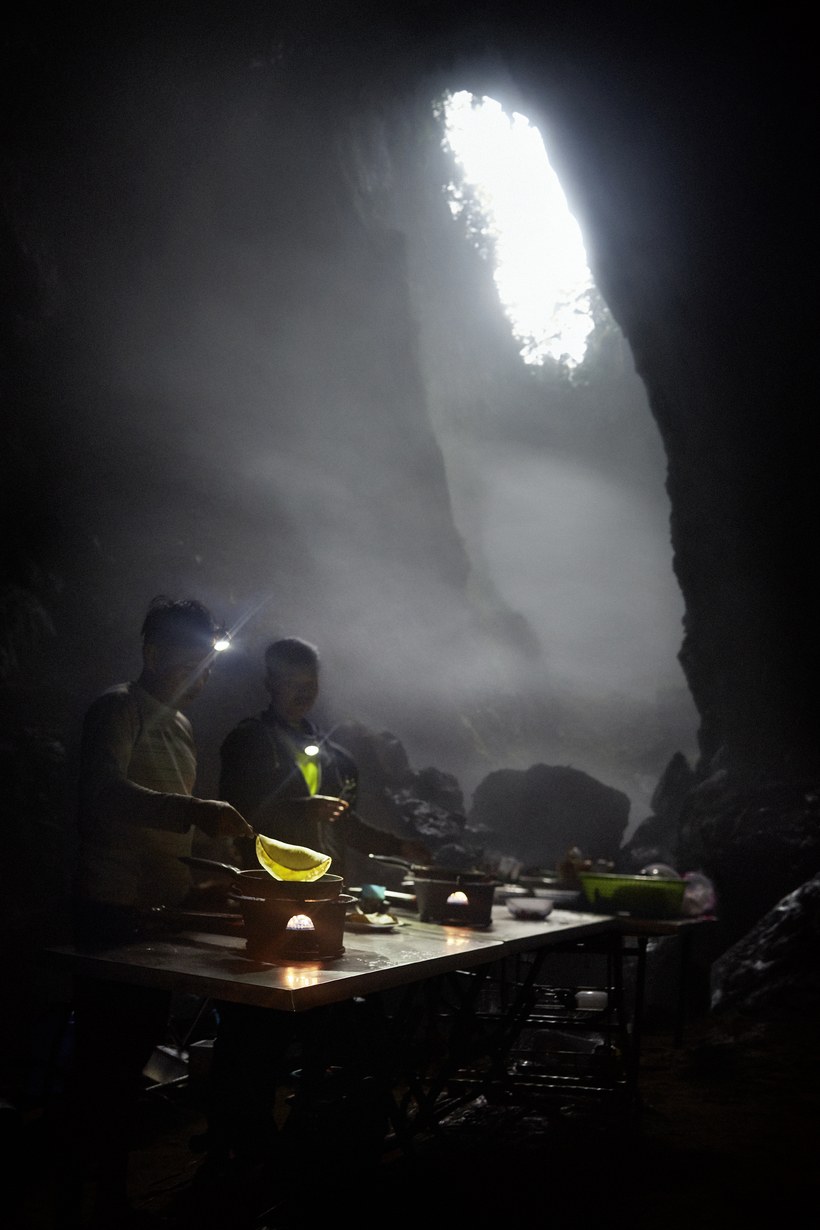
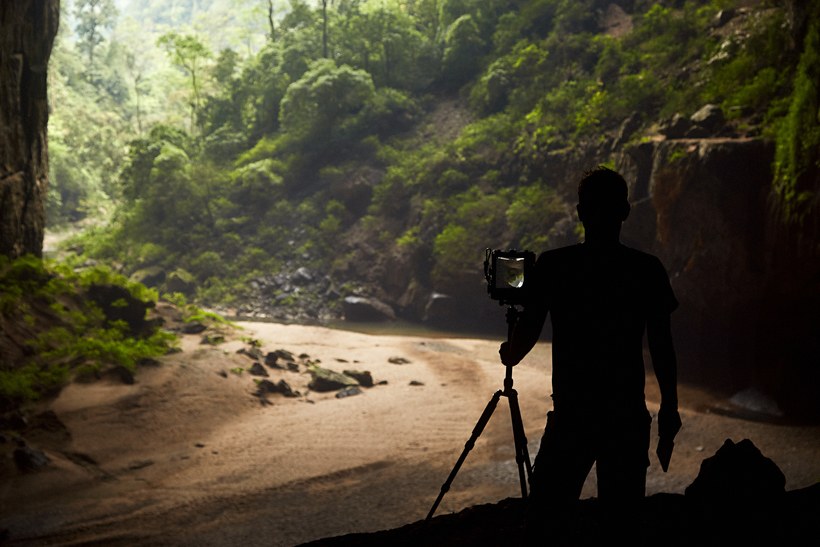
Our first day had been a wakeup call. Sure, we had hiked a bit before—Table Mountain in Cape Town, a trek in the Adirondacks and such—and who hasn’t done a spot of camping over the years? But that was nothing compared to the Sơn Đoòng trek, full of hiking in the sweltering heat and humidity of the Vietnamese jungle and the relative chill, but still humid, cave interior. Then there was the technical climbing, waist-deep river crossings, and scrambling over rocks that were often steep or sharp or wet—or all three. We were quickly becoming aware of just how intense a journey this would be—and equally aware that it was worth every ounce of effort.
Sam sets up the large-format camera for one last shot before leaving Hang En.
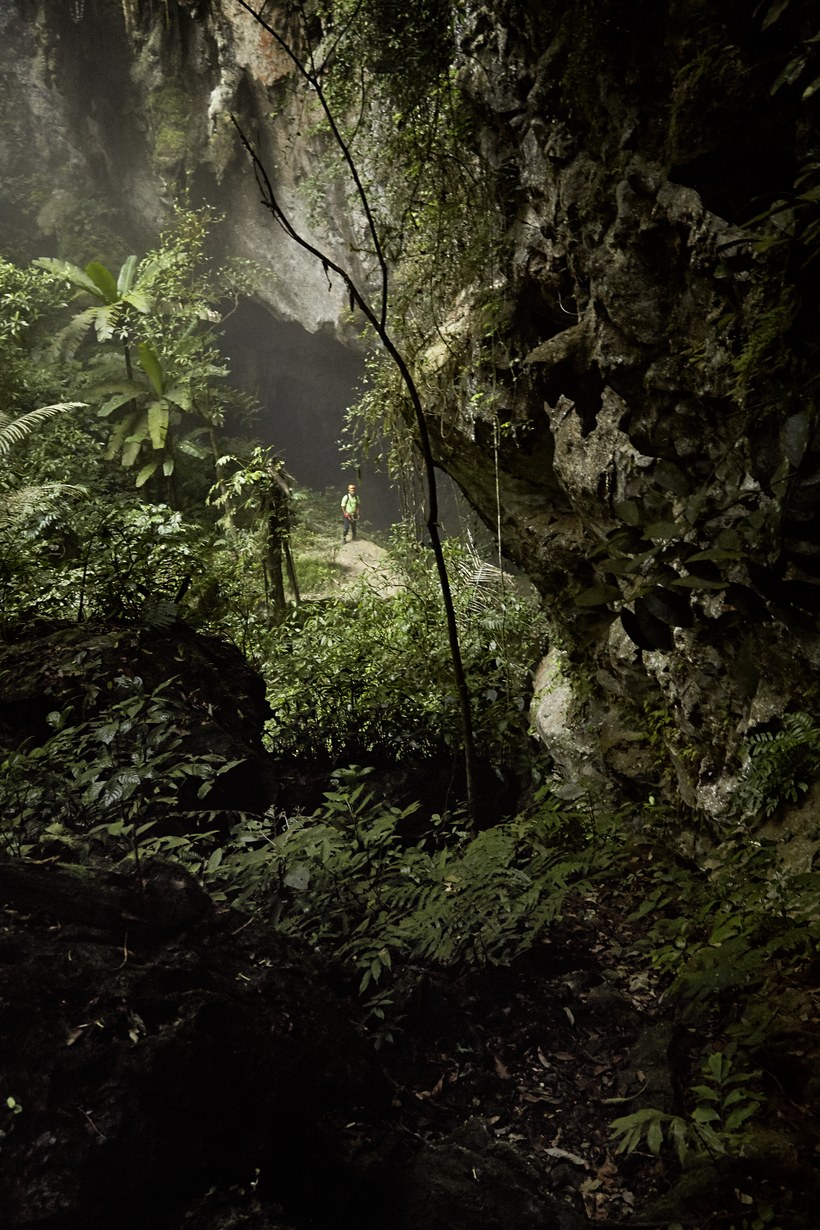
The path wasn’t direct, the terrain wasn’t flat. It was starting to seem like a miracle Ho Khanh had ever found this place. We didn’t even notice the cave’s entrance until one of our guides, Vương, pointed it out. At the bottom of a large cliff face and almost obscured by jungle, it certainly gave no real indication of the scale that lay within. As we got closer we became aware of another reason it was only partially visual: From our vantage point, it was straight across from us, but in reality that was just the top of the opening. While the entrance to Hang En has been a walk across a flat beach, the way into Sơn Đoòng was a steep descent over wet, mossy rocks.
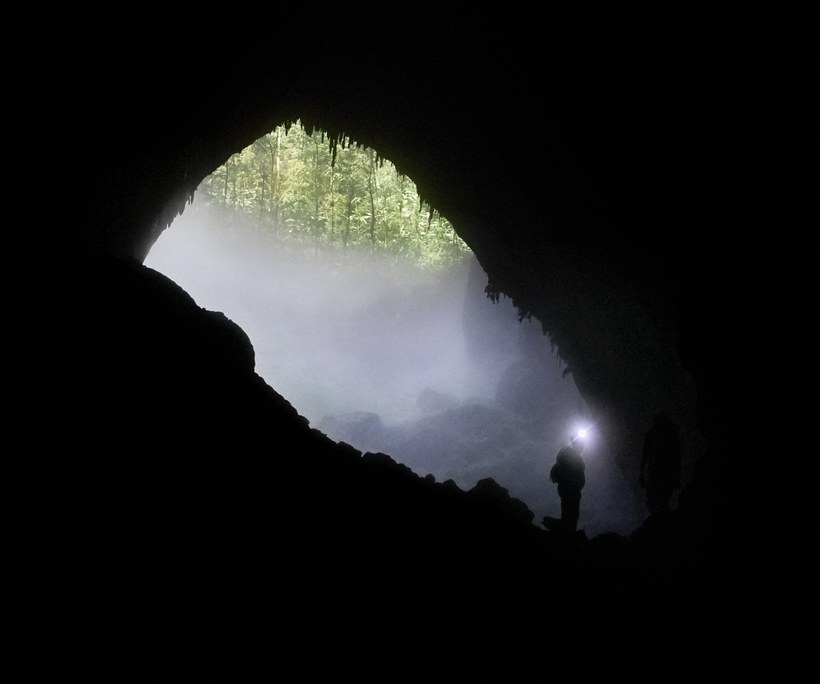
Helmets and gloves on, we climbed down. And climbing it truly was—clipped into ropes, and with the constant aid, advice, and encouragement from our guides. Led by Adam Spillane, one of the original team to explore Sơn Đoòng, and Ian “Wato” Watson, a U.K. caving expert, we were always in good hands. They were always friendly and helpful, and very aware of the situation at hand. Along with Vương, the head Vietnamese guide, and the rest of the cavers, we were carefully looked after without ever feeling coddled.

